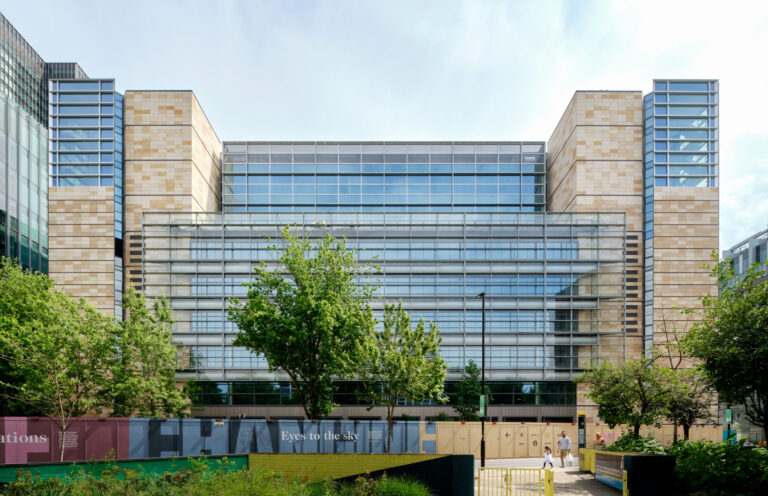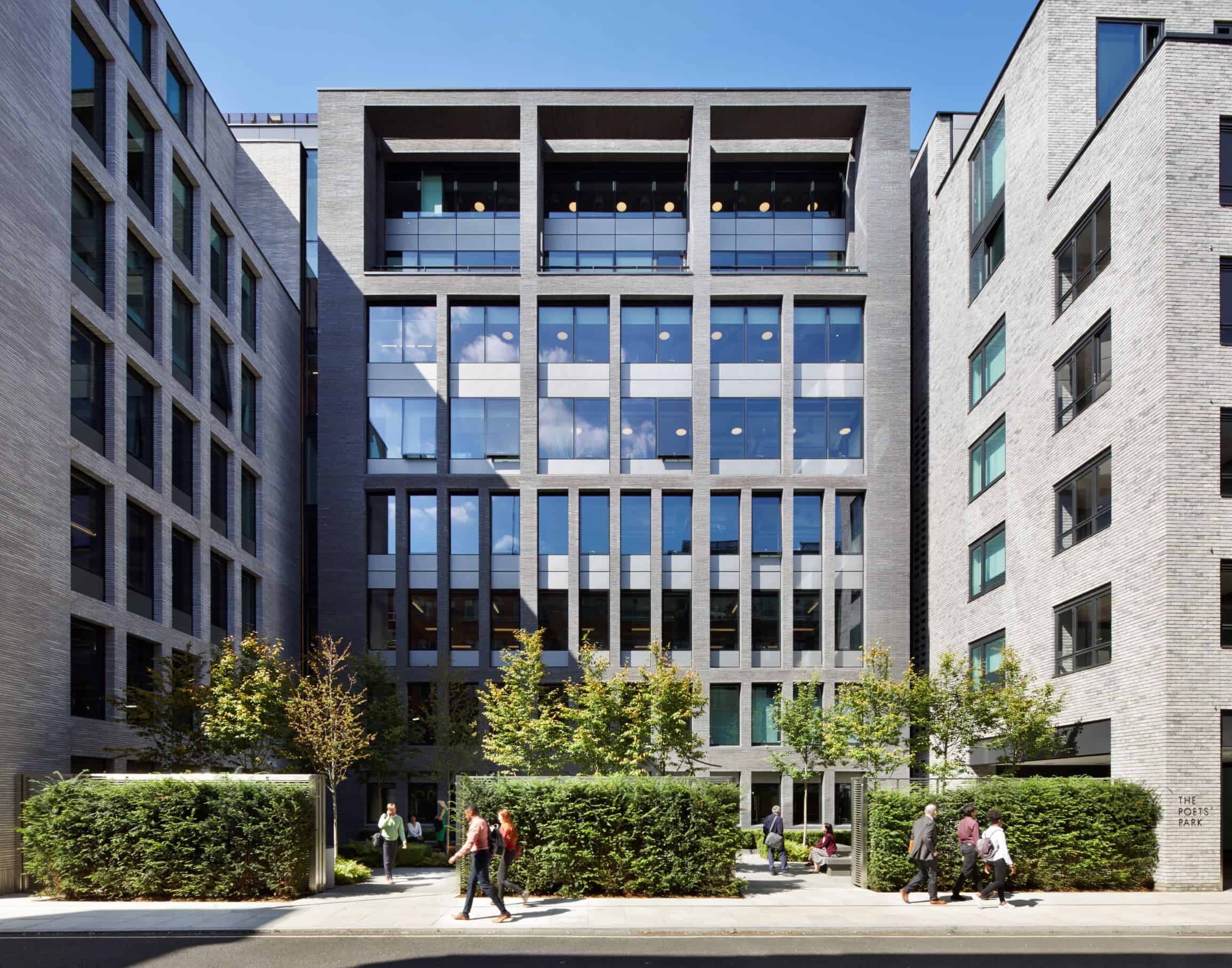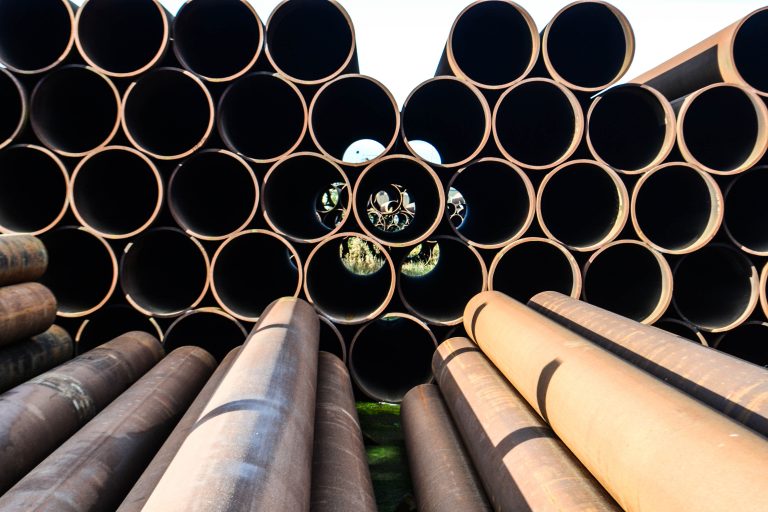Refurbishment and redevelopment of the Old US Embassy

Key Sustainability Objectives/ Outcomes
By taking the steel which had the potential to be reused and reworking it to an acceptable condition carbon was saved in comparison to the steel being scrapped and re-manufactured. Equally by getting the steel to the minimum acceptable standard carbon was not wasted adding finish which may not be needed.
Notable Approaches And Solutions
Cranes on site meant that steel work could be lifted down in the largest sections possible. Equally as there was no additional work created for demolition and no time added to the programme, the demolition contractor did not require recompense for the additional work or costs.
By taking a simple specification approach with low impact on the demolition process it was easy to make a deal. Although this meant there were extra costs to CST through splitting components down and reworking to be stock-able this was mainly extra monetary costs through labour. It does not have a significant impact on the carbon as the material that is scrapped would have been scrapped anyway and our estimations are that it is roughly 60Kg of carbon /T of steel recovered for the rework. Further, not all of the recovery work is carried out up front. It is clearly better that material is sold in the minimum acceptable condition as this saves work, cost and carbon. Additional carbon may be expended getting better cosmetic finishes if the end client requires it.
Lessons Learnt
- Reuse should be both carbon AND cost saving
- Demolition specification is key as it improves yield and keeps costs down
- Pre-demolition audits and site visits are invaluable but not 100% reliable
- If the demolition does not require a crane or one is not specified, then the recovery of decent steel work is much diminished as the option to remove long/heavy lengths is much reduced
- Good steel can be recovered from site by utilizing the normal demolition process
- The carbon cost of recovery and rework is essentially negligible
Related members
Related
1 Triton Square

80 Charlotte Street

FEASIBILITY STUDY: Riverbank School Retrofit

Reused and repurposed steel tubes and sections

